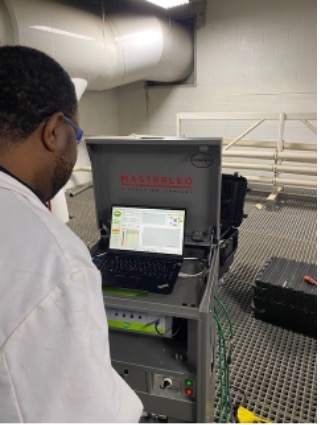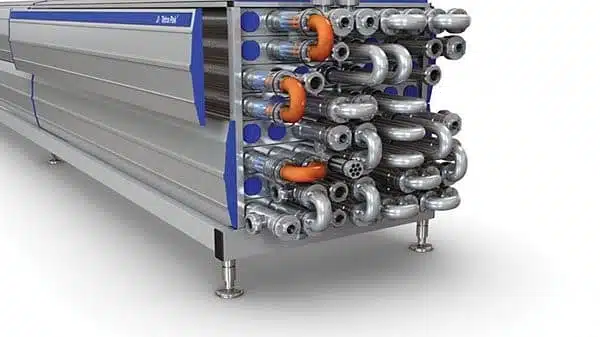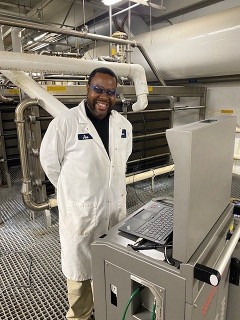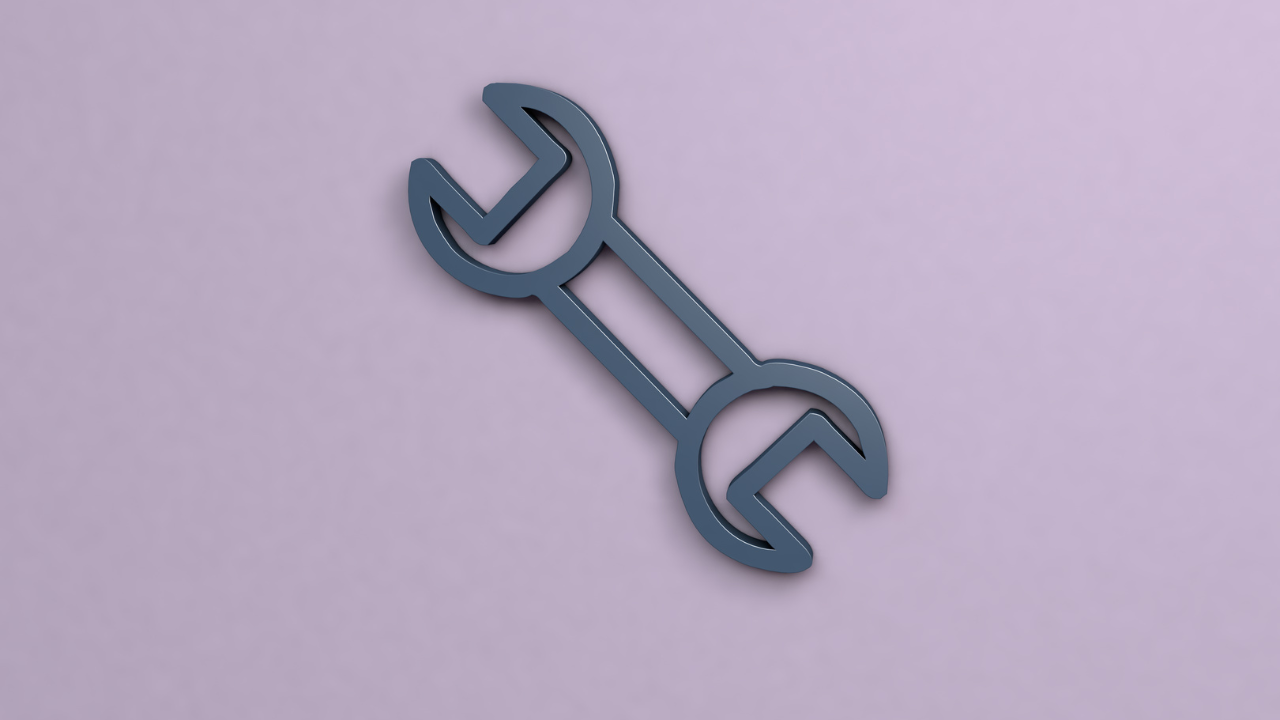The Integrity Test Advantage
Adam Dupps, General Manager, Masterleo, a Rodem Inc. company
Posted 8/22/2024

Knowing the current and future status of your Plate and Tubular Heat Exchangers is a piece of very powerful information that allows you to know the condition of your plates to plan for maintenance. As a result, Integrity Testing allows you to eliminate downtime, maintain production schedule, and ensure product integrity.
Integrity Testing is a proactive approach to preventive maintenance for Plate and Tubular Heat Exchangers in sanitary processing environments. This process allows for the early identification of potential leaks and failures, serving as a cost-effective and environmentally friendly form of preventive maintenance.
Heat Exchangers
Gasketed Plate Heat Exchangers are widely used in dairy, food, and beverage processing applications for heating, cooling, and pasteurization duties. Their compact nature and efficient design make them ideal for demanding heat transfer solutions. Although resilient and flexible, Plate Heat Exchangers require proper maintenance and repair to maintain accurate performance.


- Plate Heat Exchangers– Use plates and gaskets to create separate channels that transfer heat from one medium to another.
- Tubular Heat Exchangers– Use a series of pipes to transfer heat from one medium to another.
Commonly used in dairy and beverage processing facilities, Heat Exchangers are susceptible to small cracks and wear which can decrease their efficiency, become a point for contamination, and pose potential safety issues. Integrity Testing services can quickly detect microscopic cracks and gasket failures to give you the knowledge to plan for repairs and replacement.
How Integrity Testing Works
Unlike other testing methods, Integrity Testing utilizes hydrogen, which is non-toxic and cost-effective. In four steps a talented technician can attach to your Heat Exchangers and find even microscopic leaks.
Step 1- The Heat Exchanger is connected to a testing unit which pumps a hydrogen-nitrogen gas mix into one side of it. The other side is hooked up to compressed air which also circulates through the testing unit.
Step 2- The gas mix circulates through your Heat Exchanger and if there are any cracks or holes, the gas will leak into the other side and be detected and recorded. The technician will inspect the exterior of the Heat Exchanger with a wand sensor to detect external leaks.
Step 3- This process is repeated at three different pressure levels to ensure accurate and reliable results. The maximum pressure rating of the Heat Exchanger will never be exceeded.
Step 4- Your technician will review the data to create a report of their findings, making recommendations for any next steps to be taken.
Why Hydrogen?
What separates Integrity Testing from other forms of Heat Exchanger testing is hydrogen in the testing device. Historically helium has been used to test Heat Exchangers, but it is less cost-effective and environmentally friendly as it is a non-renewable resource.


The Advantages of Integrity Testing
In sanitary processing, preventive maintenance can make a dramatic difference in the efficiency of your process and bottom line. Utilizing Integrity Testing for Heat Exchangers in your facility has benefits including:
- Rapid results: 15 minutes per section test time.
- Minimally disruptive: No need to open plate packs, clean, or perform post-test procedures.
- Maximum insight: Hydrogen detects the smallest flaws and flaw types with a low probability of error.
- Safe and sustainable: Integrity Testing methods will not damage equipment, contaminate consumable products, or cause environmental harm.
- Safety Assurance and Contamination Prevention: Integrity Testing helps identify vulnerabilities that may pose safety risks and potential entry points for contamination.
- Increased efficiency: Processes function at a higher efficiency rate, with decreased unexpected downtimes when operating properly thanks to routine maintenance.
- Prolonged equipment life span: Regular maintenance significantly improves maintenance planning and ensures equipment is in good working order, resulting in a prolonged Heat Exchanger life span.
Embracing Integrity Testing as a core component of your maintenance routine not only safeguards your assets but also bolsters the efficiency and longevity of your Heat Exchangers. Ensuring the integrity of Heat Exchangers is crucial for optimal performance, efficiency, and safety.

Adam Dupps
“I hold both Rodem and Masterleo in high regard for their admirable histories, and I deeply appreciate the collaborative and supportive culture we've cultivated in recent years. However, I’m particularly excited about the future and our organization's tremendous growth potential.”

Adam Dupps joined Masterleo’s team as General Manager in 2023 after spending 14 years working in the instrumentation and controls industry. As General Manager, Adam oversees Masterleo's operations, strategy, and performance. His primary goals are to improve the customer experience and remove barriers to his team’s success.
Adam’s effective leadership of Masterleo originates from a unique background in technical sales and field service. His experience in numerous industries, including sanitary processing, has taught him to listen to his team and to his customers to find creative solutions to the challenges they face. He prides himself on serving customers with honesty and integrity to deliver the highest level of satisfaction.
Adam Dupps has degrees in Electro-Mechanical Engineering and Organizational Leadership as well as a Master of Business Administration from Ball State University. Outside of work, he enjoys spending time with his family, gardening, and fishing as well as running an orchard that he and his wife started near their home in Bright, Indiana.
(logos courtesy Rodem and Masterleo)
Related Articles

Human Factors: Beyond the "Dirty Dozen"

TPM and RCM: Whirled Class

How Maintainers Can Work More Safely

Preventing Workplace Eye Injuries

Quality Control of the Inspection Process

Improved Safety

Symbiosis of Maintenance and Safety in Process Industry

The Safety Catalyst: Handling Stubborn Safety Problems

The Totally Responsible Individual: Dealing with Chaotic Events

The Real Value of the Plant You're Buying

The Face of Effective Reliability Management

6 Ways Outsourced Maintenance Saves

Reliability Centered 'Workforce' Maintenance

Professional Development: Driving the Economic Engine

People Management - Workforce Shortage: Acceptance is the First Step

Need of Motivation for Maintenance Staff

Maintenance Business: Managing Maintenance as a Business

How to Cut Your Maintenance Budget (Without Cutting Your Throat)

Fixing Maintenance

Eat an Elephant - Implement a CMMS








